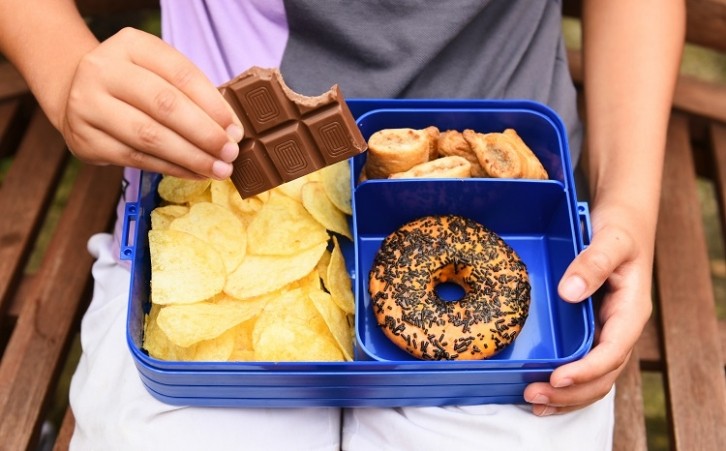Can food palatability be predicted?

While different consumers like different foods, it can nevertheless be said that some foods are, generally speaking, more palatable than others. Chocolate or pizza are liked by the majority of consumers, for example.
However, outside of these examples, it can be useful to ascertain whether certain foods are palatable before producing them en-masse.
A recent study has tested three metrics – if a food is ultra-processed (UPF) or not, whether a food is high in fat, salt or sugar (HFSS) or not, and whether it is a hyper-palatable food (HPF) or not - to test if there really is a metric for which foods consumers will find palatable.
What are hyper-palatable foods?
Hyper-palatable foods (HPFs) are foods that consumers find highly palatable. In 2019, the researcher Tera L. Fazzino defined foods as HPFs if they contained either more than 25% of their energy from fat and were more than 0.30% sodium by weight (fat and salt cluster); got more than 20% of energy from fat and more than 20% of energy from sugars (fat and sugar cluster); or got more than 40% of energy from carbohydrates (after fibre and sugars are subtracted) and are 0.20% sodium by weight (carbohydrate and sodium cluster). The framework was developed by studying a list of peer-reviewed articles in which the authors complemented the taste of foods.
Examples of HPFs include Babybel cheeses, frankfurter sausages, strawberry yoghurts, and bagels.
What are the indicators of palatability?
The researchers tested 224 participants on the effect of three different metrics on consumer perception of a food’s palatability: HFSS, UPF and HPF.
They were shown images of 52 foods which varied on these metrics, and asked to assess how palatable, salty and sweet they believed the food was, how intense the flavour was, and how much desire they had to eat the food, all on a scale of one to 100.
The results showed that perceived palatability did not actually differ that significantly between HPFs and non-HPFs, despite the fact that the metric was engineered to be an indicator of whether or not a food was palatable.
The palatability of HPFs differed compared to their composition. Those in the fat and sugars cluster were considered more palatable than non-HPFs, those in the carbohydrate and sodium cluster considered less palatable than non-HPFs, and those in the fat and salt cluster were around the same.
Similarly, UPFs were not consistently seen as more palatable than non-UPFs, despite the fact that they are often claimed to be engineered for hyper-palatability.
HFSS food, on the other hand, is a stronger indicator of palatability. According to the study, HFSS foods are generally seen as more palatable than non-HFSS foods.
HFSS is the only one of these three categorisations that is based on nutrient profiling, and the study suggests it is the only one of the three to be consistently linked with palatability.
Food reward, or whether people want to eat a certain food, was also measured. This showed that whether foods were UPF or non-UPF, HPF or non-HPF, or even HFSS or non-HFSS did not significantly affect the desire of the consumer to eat the food.
Why don’t these indicators work better?
According to the study, the reason why HPFs are not a good indicator of palatability in food is that HPF foods are able to differentiate two major indicators of palatability: taste intensity and fibre content.
For example, some HPFs were actually lower in sugar than non-HPFs, meaning that they did not contain high levels of sweetness and therefore could not be said to have a high flavour intensity.
UPFs, while tending to have a higher taste-intensity than non-UPFs, did not generally have a higher fibre content. This, the study suggested, is why they weren’t linked more conclusively to palatability.
HFSS, according to the study, was likely to be a better indicator of palatability because HFSS foods usually have a higher taste intensity.
Furthermore, the study pointed out that HFSS, HPF and UPF foods all have higher energy density than those without these categorisations. Energy density, in other words, is not necessarily a predictor of palatability.
Sourced From: Appetite
'Nutrient clustering, NOVA classification, and nutrient profiling: How do they overlap, and what do they predict about food palatability?'
Published on: 4 July 2024
DOI: https://doi.org/10.1016/j.appet.2024.107596
Authors: P. J. Rogers, Y. Vural, A. N. Flynn, J. M. Brunstrom






















